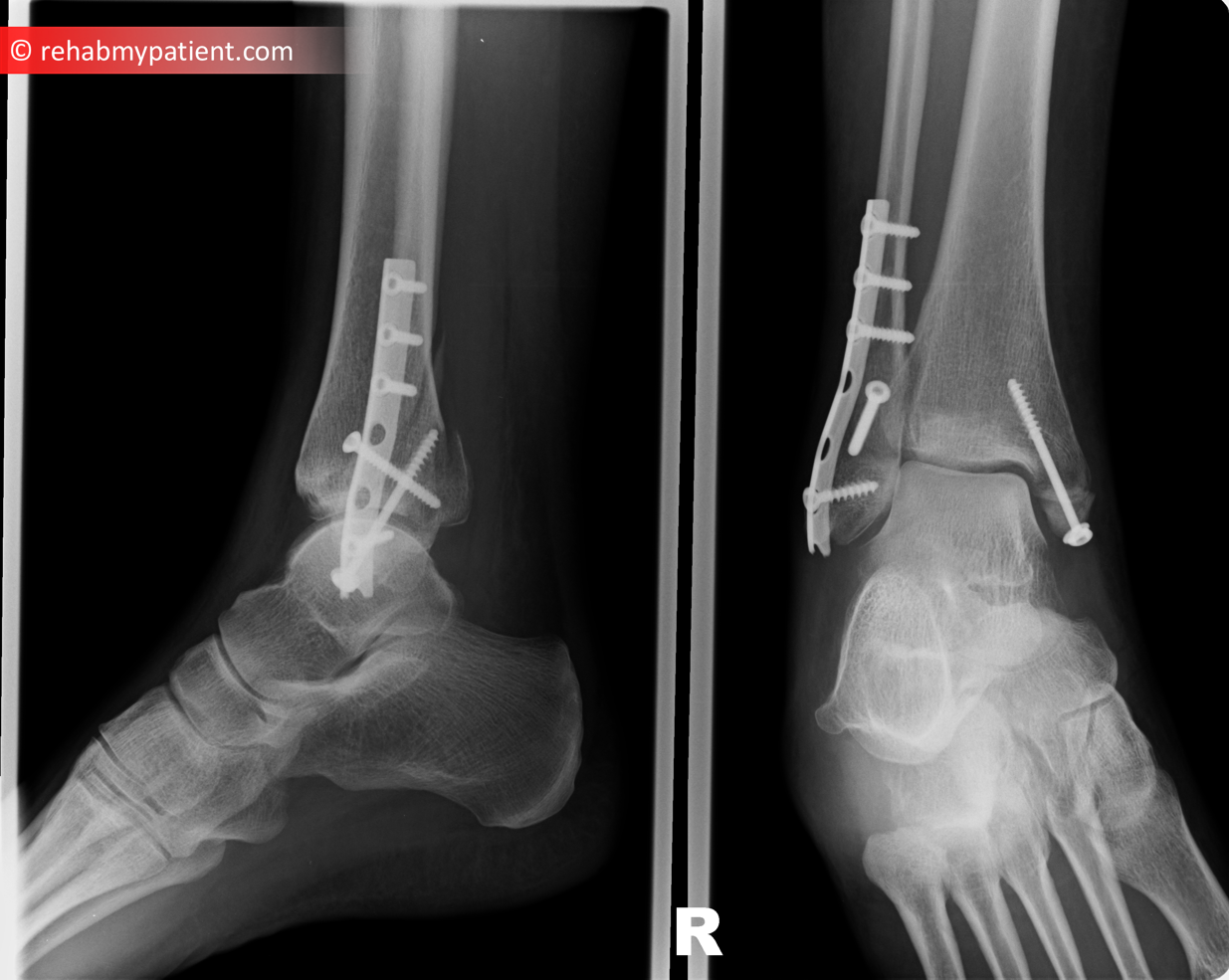

These usually include immobilization with a cast or brace to allow the fracture to heal on its own. TreatmentĪ fibula or tibia fracture can often be treated with conservative measures. An X-ray can detect the presence of a fracture and its severity, and a computed tomography (CT) scan can show if there is any damage to the knee or ankle joints. The doctor usually starts with a medical history to learn about the injury sustained and any other medical problem, and then look for signs and symptoms of a fracture. Athletes in sports with much twisting or cutting, such as basketball or tennis, are especially prone to tibia and fibula fractures. Bone poking through the skin, in the case of a compound fractureĪ fibula or tibia fracture can occur in one of two ways: either a high-energy trauma like a car accident, or a low-energy event like a fall or sports injury.Symptoms of a lower leg fracture include: Fibula fractures often manifest as broken ankles. The tibia is the most often fractured-or broken-long bone in the body (long bones also include the femur, fibula and humerus). The tibia, the larger of the two bones, is the shinbone and is at the front of the leg, while the fibula is known as the calf bone and can be found next to the tibia on the outside of the lower leg.

Once the bone has healed then rehabilitation exercises for the lower leg include stretching, strengthening, proprioception, and sports-specific or functional exercises.The tibia and fibula are bones in the lower leg. Treatment for an isolated fibula fractureĪssuming the stability of the ankle is not affected then treatment is rest, pain relief medications as required, and the use of crutches. They are more likely to be caused by repetitive muscle traction forces on the bone. This is because the fibula is not a load-bearing bone. However, these are far less common than stress fractures of the tibia. Stress fractures of the fibula do sometimes occur. A fracture of the bony bit on the outside of the ankle known as the malleolus is called a Pott’s fracture. An avulsion fracture happens when a ligament pulls part of the bone away. Traumatic fractures of the Fibula can occur with a severe ankle sprain. But the ankle is unstable and requires surgery to stabilize the joint. This may appear as a simple injury with mild to moderate pain. Maisonneuve injuryĪ Maisonneuve injury occurs when the membrane connecting the tibia and fibula at the ankle is torn ( high ankle sprain), along with a fracture higher up the fibula. The larger tibia bone bears most of the weight. The function of the fibula is mainly to provide a surface for muscles to attach. This is part of the fibula bone on the outside of the lower leg. The bony lump on the outside of the ankle is called the lateral malleolus. The fibula is the smaller of the two shin bones on the outside of the lower leg. They are usually caused by landing on a twisted foot, or from direct impact or trauma. See fibula stress fracture for more detailed information. Tenderness over the point of the fracture.A gradual build-up of pain on the outside of the lower leg which eases with rest and increases with activity.Symptoms of a fibula stress fracture include: He fractured his fibula in the first half of the race. He completed the first leg of an Olympic 4x400m heat in a split time of 45 seconds. It is possible to continue to compete with a broken fibula as in the case with American athlete Manteo Mitchell.



 0 kommentar(er)
0 kommentar(er)
